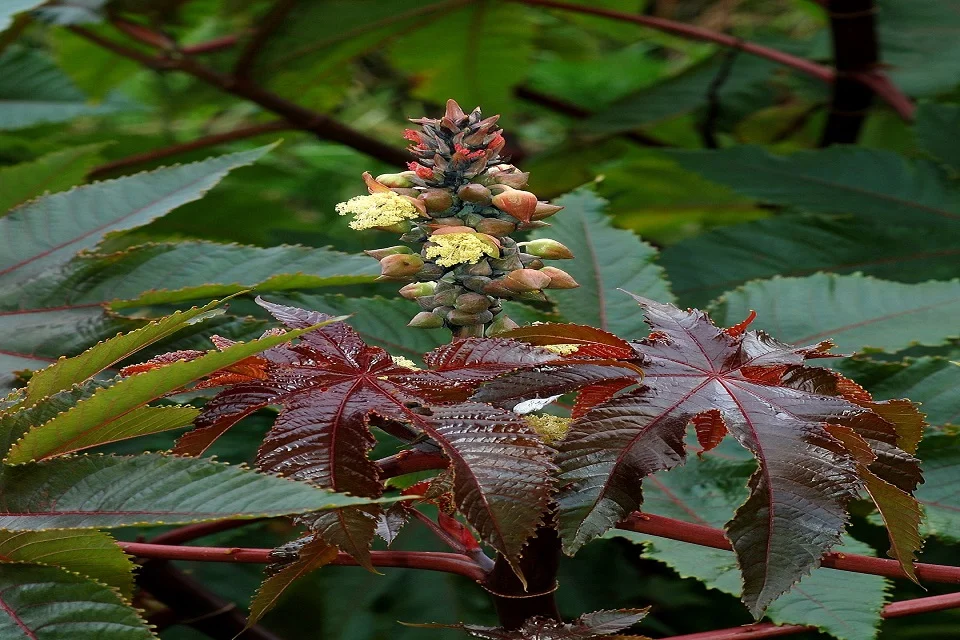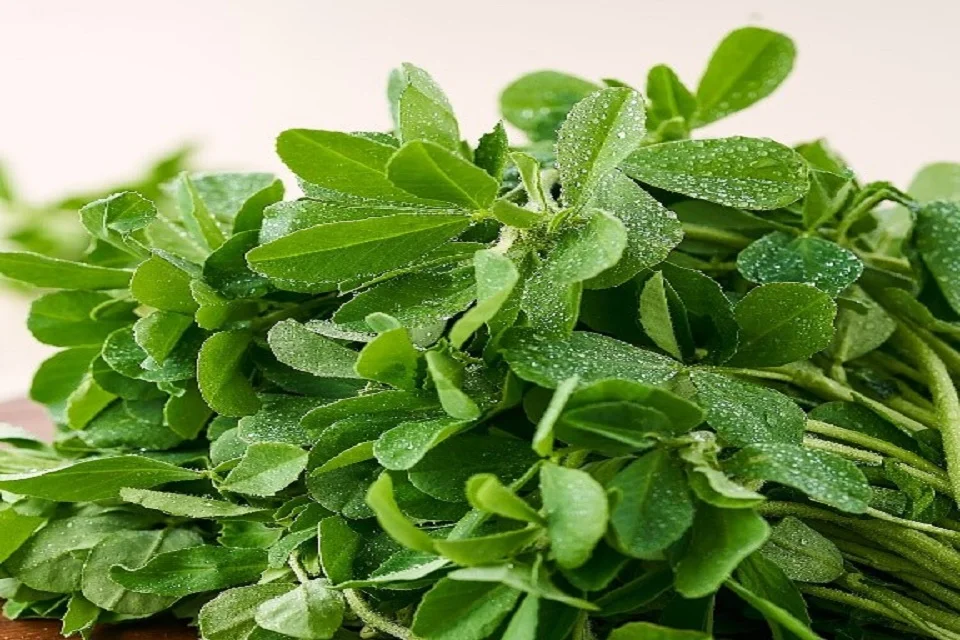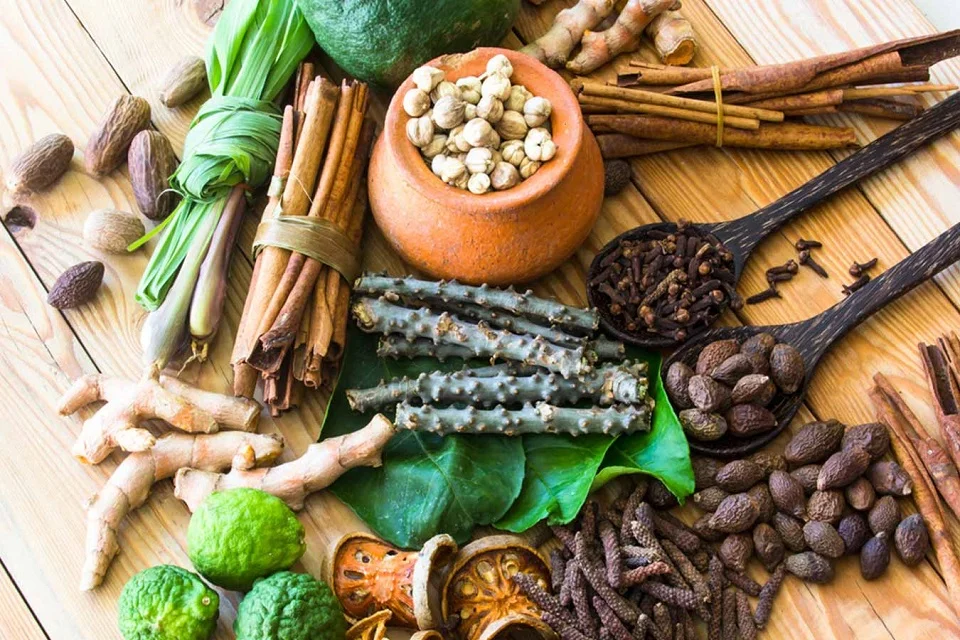Benefits of Castor, dosage, side effects, and how to use?
In this article we will discuss about Benefits of Castor and Castor oil, its dosage, side effects, and how to use it ?

What is Castor and what are the Benefits of Castor?
Castor, a versatile plant renowned in Ayurveda, takes center stage in the realm of herbal medicine because of the multiple benefits of castor. Originating in Gujarat, India, it holds a significant place in traditional practices. This botanical marvel, known scientifically as Ricinus communis, boasts a rich history of therapeutic applications. From its oil, prized for its medicinal properties, to the leaves and seeds utilized in Ayurvedic formulations, Castor finds itself woven into the fabric of holistic healing. However, debates persist around its safety and potential side effects, prompting a nuanced exploration. This article navigates the diverse perspectives surrounding Castor, like the benefits of castor, and also sheds light on its revered status and the cautionary considerations within the Ayurvedic landscape.
Castor in Ayurveda
We come across the mentionings of Eranda Mani dharana in the Vedic literature (Śā. Ara. 12/8; Κ.Ρ. 481). Charaka considered Erandamula (root of castor plant) as Vrsya and Vatahara (C.S.Su. 25). Shuśruta emphasized the role of Eranda taila in the diet (S.S.Su. 45). Charaka quoted Eranda (Urubūka), Citra (Danti) and Citraka (Dravanti or Rakta Eranda?) under Bhedaniya group of drugs. Some scholars debate that Eranda dvaya is not known to Charaka. It is important to note that Charaka mentioned Urubūka (Sveta Eranda) and Pañcāngula (Rakta/Citra Eranda) under Saka varga (vegetables). Therefore, Citraka of Bhedaniya is not Plumbago zeylanica. It may be either Dravanti (Euphorbia acaulis Roxb. or Croton tiglium) or Rakta Eranda The latter variety of Eranda may be due to the color variation rather than species variation, Vägbhata also quoted Eranda dvaya(A.Hr.Chi.1/139)
What is the Morphology of Ricinus communis?

Latin name– Ricinus communis Linn. (Fam. Euphorbiaceae)
The leaves of Castor are many-lobed, with lobes that are oblong to linear, exhibiting an acute or acuminate shape. The flowers appear in large terminal sub-panicles or dense globose heads characterized by branched filaments and anthers, presenting a yellowish hue. The fruits take the form of capsules, which are globosely oblong, featuring a smooth or echinate texture. The seeds, oblong and smooth with mottled patterns, complete the reproductive cycle, Castor oil is from castor seed. Notably, flowers and fruits grace this plant almost year-round. Widely distributed, it is cultivated throughout India and commonly found in the wild.
Type of Erand
Dhanvantari Nighantu, Shodhala Nighantu, Kaidev Nighantu, Bhava Prakash Nighantu, and Raja Nighantu described two varieties,
- Rakta Erand
- Shveta Erand
Raja Narahari mentioned one another variety,
- Sthula Erand
Synonyms of Erand
Gandharvahasta, Vatari, Panchangula, Chitraka, Urubaka, Rubu, Vyadhrapushpa, Vardhamana, Uttampatraka, Vyadhambaka, Amanda
Classical Categorization of Castor in Samhita
- Charak: Bhedaniya, Angamardaprashamana, Svedopaga
- Sushruta: Vidarigandhadi, Adhobhagahara, Vatasamsamana
- Vaghbhatta: Vidarigandhadi
Other/Regional Language Names
- English: Castor oil plant
- Gujarati: Erandio, Erando
- Hindi: Arand, Erand, Andi, Rend
- Kannada: Haralu, Oudala gida
- Kashmiri: Aran, Banangir
- Malayalam: Avanakku
- Marathi: Erand
- Oriya: Jada, Gaba
- Punjabi:Arind
- Tamil:Amanakku
- Telugu: Amudapu veru
- Urdu: Bedanjir, Arand
- Assamese: Eda, Era
- Bengali: Bherenda
Constituents of Castor
Alkaloid (ricinine)
Seeds & Leaves- ricinine (toxic alkaloid), I-methyl-3-cyano-4methoxy-2-pyridone
Seed coat- Lupeol, lipids, phosphatides, etc.
Seed oil- arachidic, ricinolue, palmitic, stearic, etc., acids, hexa decanoic, hydrocyanic & uric acids; squalene and tocopherols, etc.
Rasa Panchak of Erand
- Rasa:Madhura
- Guna:Guru, Snigdha
- Virya:Ushna
- Vipaka:Madhura
- Karma:Vedanasthapan, Vrishya, Vatahara, Amapachana
References of Erand in Ayurvedic texts
Kai.Ni.113-121
Dhan. Ni 327-331
Madan. Ni. 93-96
एरण्डमूलं वृष्यवातहराणाम् ।
(च० सू० 25/40)
शुक्ल एरण्ड आमण्डश्चित्रो गन्धर्वहस्तकः |
पञ्चाङ्गुलो वर्धमानो दीर्घदण्डोऽप्यदण्डकः |
वातारिस्तरुणश्चापि रुबूकश्च निगद्यते ||५२||
रक्तैरण्ड-
रक्तोऽपरो रुबूकः स्यादुरुबूको रुबुस्तथा |
व्याघ्रपुच्छश्च वातारिश्चञ्चुरुत्तानपत्रकः ||५३||
एरण्डयुग्मं मधुरमुष्णं गुरु विनाशयेत् |
शूलशोथकटीबस्तिशिरःपीडोदरज्वरान् ||५४||
ब्रध्नश्वासकफानाहकासकुष्ठाममारुतान् |
एरण्डपत्रं वातघ्नं कफक्रिमिविनाशनम् ||५५||
मूत्रकृच्छ्रहरं चापि पित्तरक्तप्रकोपणम् |
वातार्यग्रदलं गुल्मं बस्तिशूलहरं परम् ||५६||
कफवातकृमीन्हन्ति वृद्धिं सप्तविधामपि |
एरण्डफलमत्युष्णं गुल्मशूलानिलापहम् ||५७||
यकृत्प्लीहोदरार्शोघ्नं कटुकं दीपनं परम् |
तद्वन्मज्जा च विड्भेदीवातश्लेष्मोदरापहः ||५८||
(भा० प्र०, गुडूच्यादिवर्ग 60-63)
What are the Benefits of Castor?
- Benefits of castor oil
- Amavata
- Shotha
- Vastishula
- Katishula
- Udarroga
- Jvara
- Pliharoga
- Udavarta
- Prameha
- Vatarakta
What is the use of Erand in texts?
- Erand Taila mixed with gomutra is used for one month while consuming a diet of rice and milk in Shlipada (Su.Chi.19).
- Yavakshara is added with eranda kvatha is used in Parshvashula (Sha.Sa.2/2/101).
- Kshara of Eranda leaves is mixed with trikatu, oil, and jaggery and is useful for pana in Kasa (Ch.Chi18).
- Erand taila can be taken at bedtime for strong laxative purposes in krura koshtha.
- Erand tail as best among vata hara drugs can be used as Abhyang oil in vatavyadhi.
How much is the Dose of Castor as described in ancient texts?
20-30 g of the drug for decoction
Root powder- 3-5gm
Seed 1-5 numbrs
Castor oil dose-5-10ml
What are the Useful Part of Castor?
Mula(Root), Patra(Leaf), Bija(Seed)

What are the side effects of Castor?
- Ricinus cummunis leaves yield the highly toxic substance “ricine” for which no specific antidote is available, This was used as poison during World was 2
- Castor oil is known for its powerful laxative effects. Its consumption in large quantities or over an extended period may lead to diarrhea, dehydration, and abdominal cramps.
- Side effects are of taking the drug in high doses, under the guidance of qualified vaidya, or in appropriate doses it is safe to consume.
List of formulations of Castor
- Gandharvahastadi Kvatha Churna
- Vatari Guggulu
- Gandharvahasta taila
- Erandaditaila
- Rasnaerandadi kashaya
- Simhanada guggulu
Research of Benefits of Castor
- Effect of erand taila matrabasti in Labor
- The crude alcoholic extract of root (100 mg/100 gm) showed 72.2% inhibition of carrageenin-induced rat paw edema. The fraction II of the crude alcoholic extract (10 mg/100 gm) produced 65.12% inhibition. Acetyl salicylic acid showed 62.1% inhibition when used at the dose of 30 mg/100 gm (Sharma et al., 1969).
- Fresh leaves protected against liver injury induced by CC14 in rats while cold aqueous extract provided partial protection (Ind. J. Pharmacol. 1977, 9, 265).
- Gavage administration of castor oil to rats produced large amounts (5-6 fold greater than in control) of platelet-activating factor in the duodenum and jejunum but not in the ileum and colon. (intraluminal release of acid phosphate (AP) was also increased (5-6 fold greater than in control) in duodenum and jejunum of such rats (British J. Pharmacol. 1989, 96, 872)
- Anti-inflammatory effects of root extract investigated against carrageenin-, 5-HT-, dextran-, bradykinin- and PGEI-induced rat hind paw emema. Extract (0.15 g/kg) given orally two hours before injection of the above phlogistic agents exhibited significant anti-inflammatory activity against all the agents except PGE1 (Ind. J. Pharmacol. 1990, 22, 239).
- N-Demethylricinine (1.5-12.0 mg/kg p.o. for 7 days) showed dose-dependent anticholestatic and hepatoprotective activities against paracetamol-induced hepatic damage, and choleretic activity in rats. An increase in the volume of bile was evidence of choleretic and anti-cholestatic activities, while the hepatoprotective effect was shown by the increase in the percent viability of hepatocytes and by reversal of altered SGOT, SGPT, and alkaline phosphates levels towards normal (Drug Der. Res. 1992, 26, 183).
Conclusion
In conclusion, the Erand plant, scientifically known as Ricinus communis or Castor oil plant, is a versatile plant with various uses. Its morphology includes large palmate leaves and spiky capsules containing seeds that are the source of castor oil. The plant has been used as a purgative in traditional medicine to relieve constipation and promote bowel movements. In Ayurveda, it is considered to have heating properties and is used to balance the Vata dosha. The Erand plant continues to be an important component of traditional medicine and Ayurveda due to its medicinal benefits of castor.








Got Something To Say